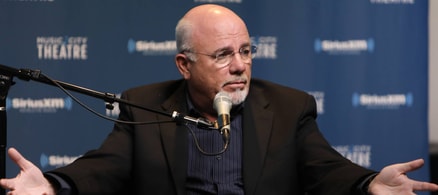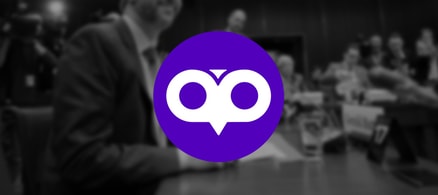30. Colby College
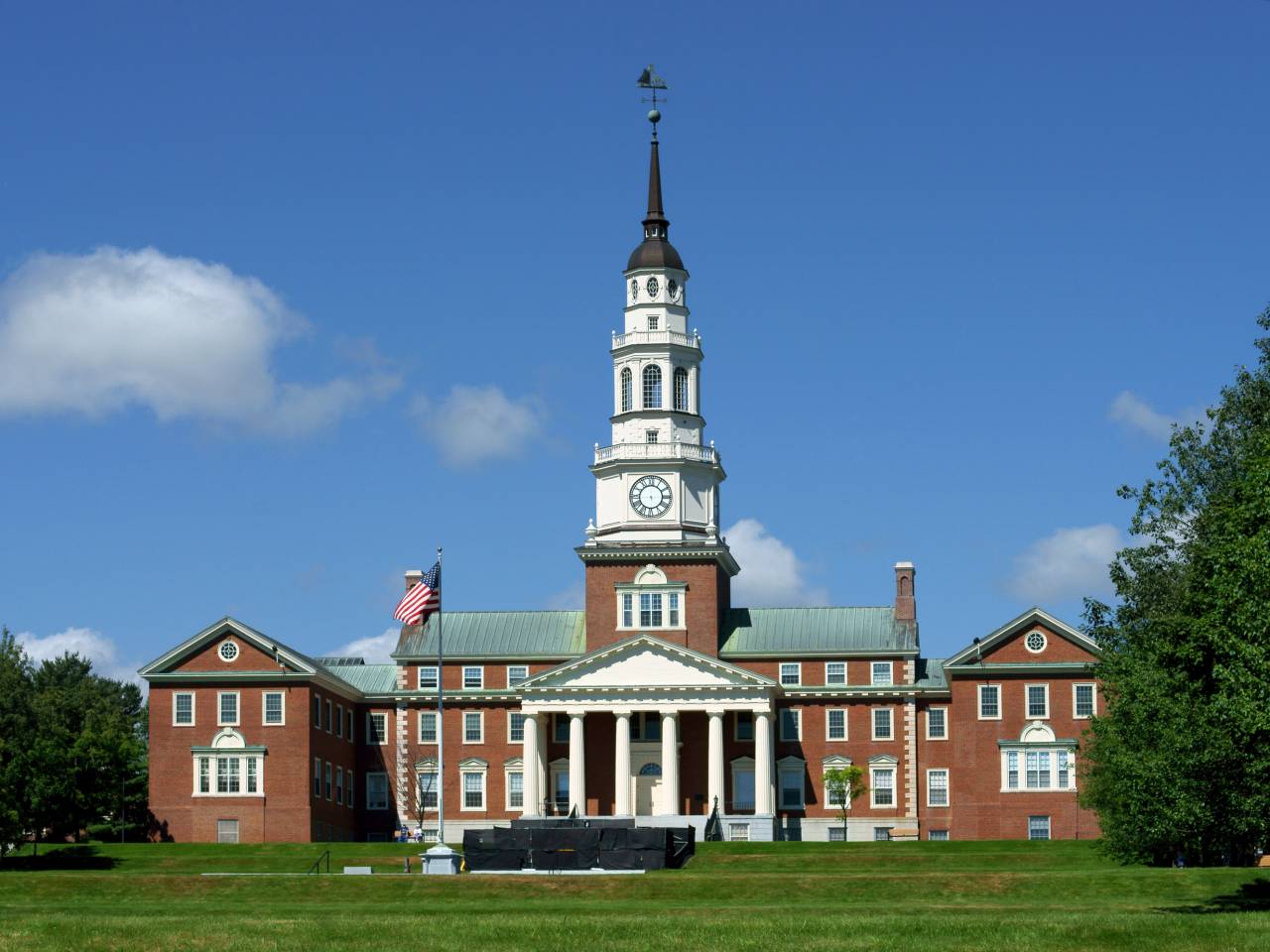
- Location: Waterville, ME
- Students: 2,003
- Acceptance rate: 10%
- Graduation rate: 89%
- Student to faculty ratio: 9:1
- Median earnings six years after graduation: $58,100
- Employment rate two years after graduation: 92%
Colby College’s 4-1-4 academic calendar allows students to spend the entire month of January on career exploration, cultural activities, or intensive study. Students have their choice of 55 majors and 35 minors. The school also has a bog preserve that’s used for environmental studies.
Maximize Your Tax Refund with TurboTax Canada!
Simplify tax season with this user-friendly software. Get step-by-step guidance, maximize deductions, and file with confidence. Trusted by millions, TurboTax Canada ensures accuracy and peace of mind. Start your taxes today and get the refund you deserve
Get the tax refund you deserve29. Haverford College
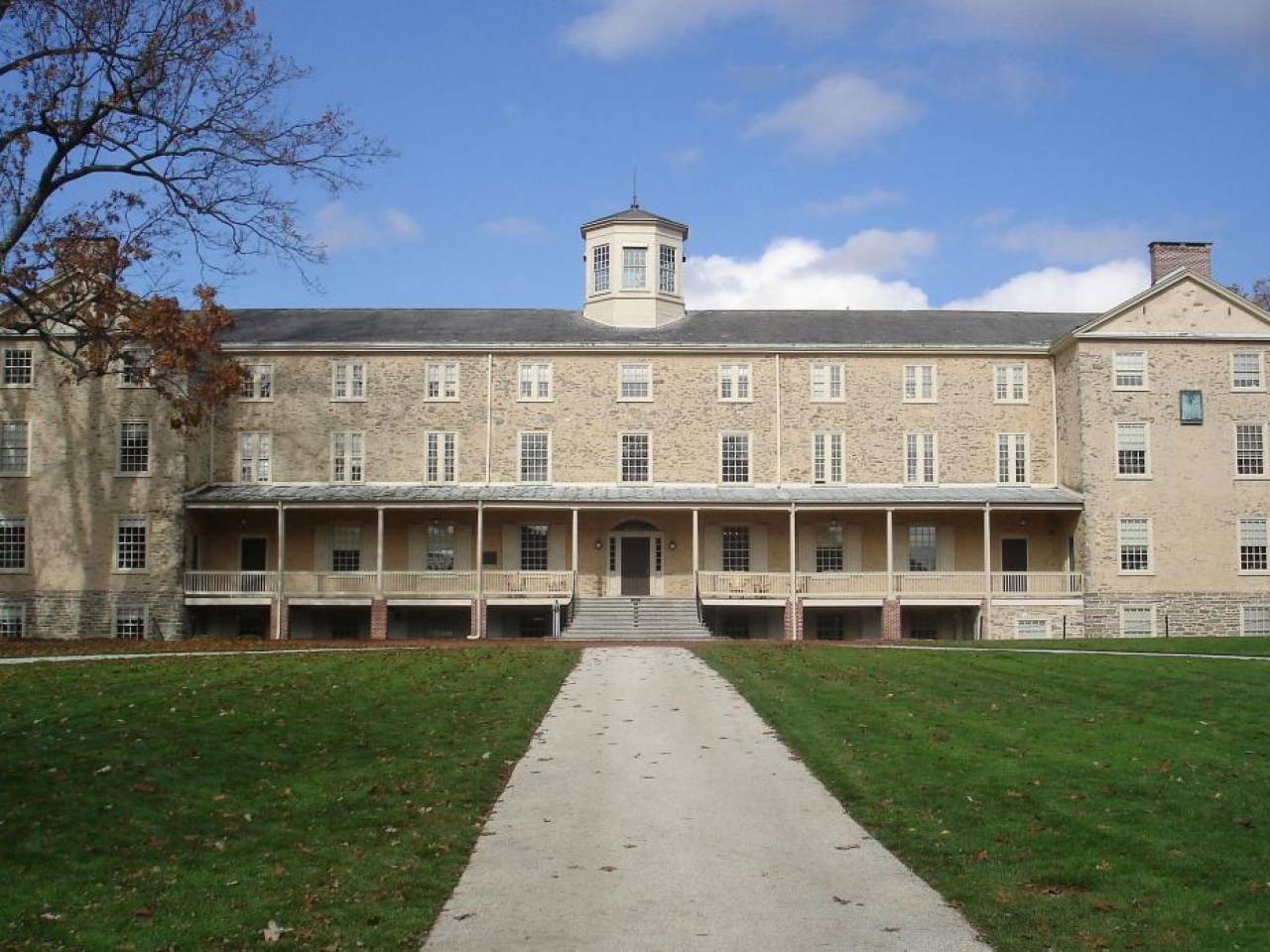
- Location: Haverford, PA
- Students: 1,314
- Acceptance rate: 16%
- Graduation rate: 90%
- Student to faculty ratio: 8:1
- Median earnings six years after graduation: $60,700
- Employment rate two years after graduation: 92%
One of the oldest traditions at Haverford College is its honor code. The student-run code is debated, revised, and re-ratified by the student body each year—a nod to the school's Quaker philosophy. Haverford students can attend classes at other nearby universities, including Swarthmore and the University of Pennsylvania.
28. Williams College

- Location: Williamstown, MA
- Students: 2,043
- Acceptance rate: 13%
- Graduation rate: 95%
- Student to faculty ratio: 6:1
- Median earnings six years after graduation: $59,000
- Employment rate two years after graduation: 90%
Economics, biology, and math are among the most popular of the 35-plus majors available at Williams College. Williams requires students to complete at least three courses from each of its three academic departments, along with a class on quantitative reasoning, two writing courses, and a class on culture and diversity.
Grow Your Savings Effortlessly with Moka
Automate your savings with every purchase and watch your money multiply. Moka rounds up your transactions and invests the spare change. Start building wealth effortlessly today. Join thousands of Canadians embracing financial freedom with Moka
Sign up now27. Tufts University
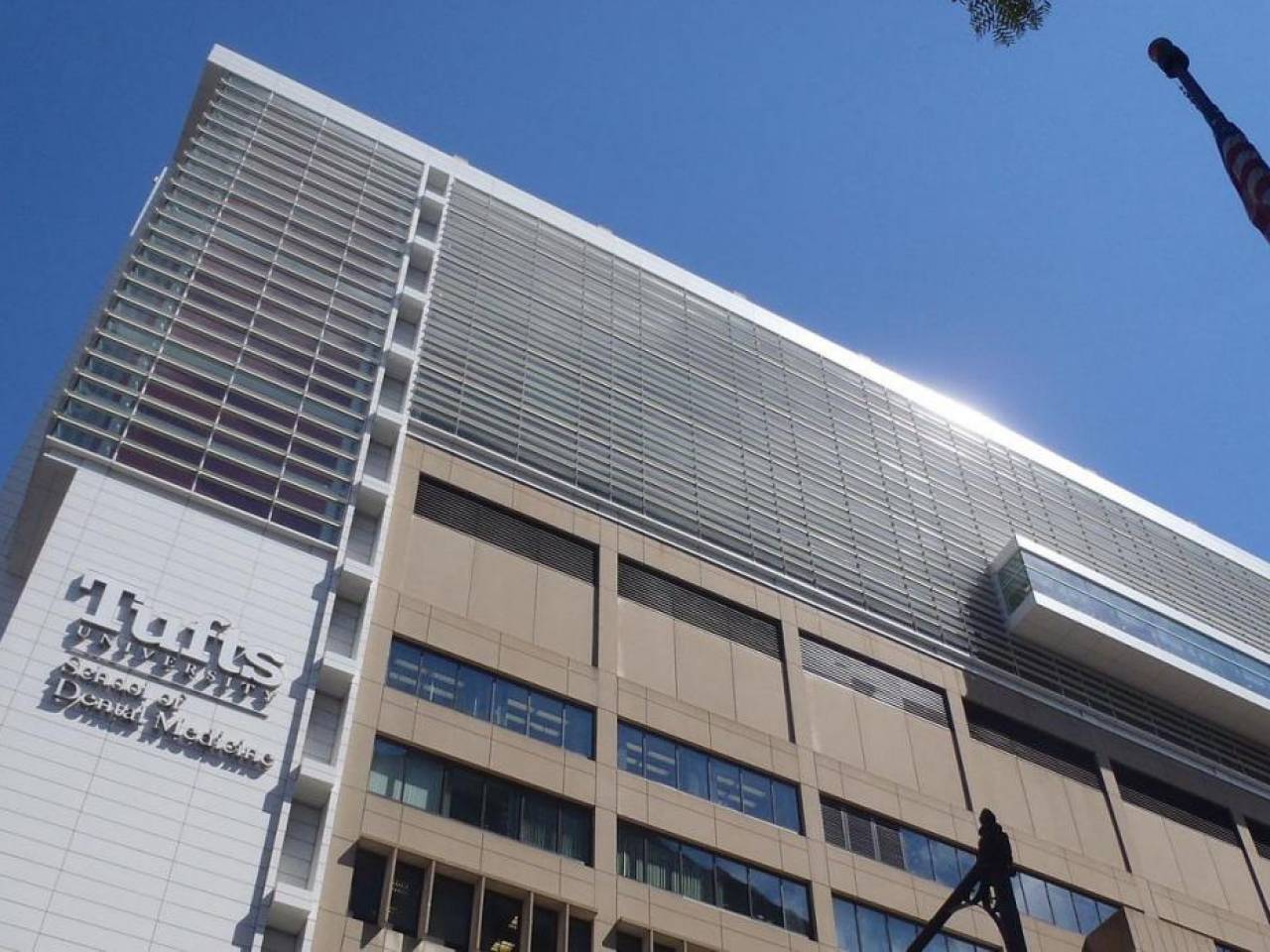
- Location: Medford, MA
- Students: 5,742
- Acceptance rate: 15%
- Graduation rate: 94%
- Student to faculty ratio: 9:1
- Median earnings six years after graduation: $75,800
- Employment rate two years after graduation: 92%
A student-centered research university, Tufts offers students the choice of more than 90 majors and places an emphasis on foreign language studies and internationalism. Christian universalists founded the school in 1852.
26. Carleton College

- Location: Northfield, MN
- Students: 2,093
- Acceptance rate: 19%
- Graduation rate: 92%
- Student to faculty ratio: 9:1
- Median earnings six years after graduation: $54,200
- Employment rate two years after graduation: 91%
Carleton College is known for having small class sizes and highly accessible professors whose first priority is teaching. The college has a range of quirky extracurricular activities for students, including a juggling group, intramural Quidditch, and a silent dance party in the library just before finals.
25. Harvey Mudd College

- Location: Claremont, CA
- Students: 894
- Acceptance rate: 14%
- Graduation rate: 92%
- Student to faculty ratio: 8:1
- Median earnings six years after graduation: $88,800
- Employment rate two years after graduation: 89%
One of the country’s best undergraduate colleges for math, science, and engineering, Harvey Mudd College gives students a chance to supplement their classroom learning with hands-on research projects. It aims to be a place for forward-thinking scientists to feel at home.
24. Bowdoin College
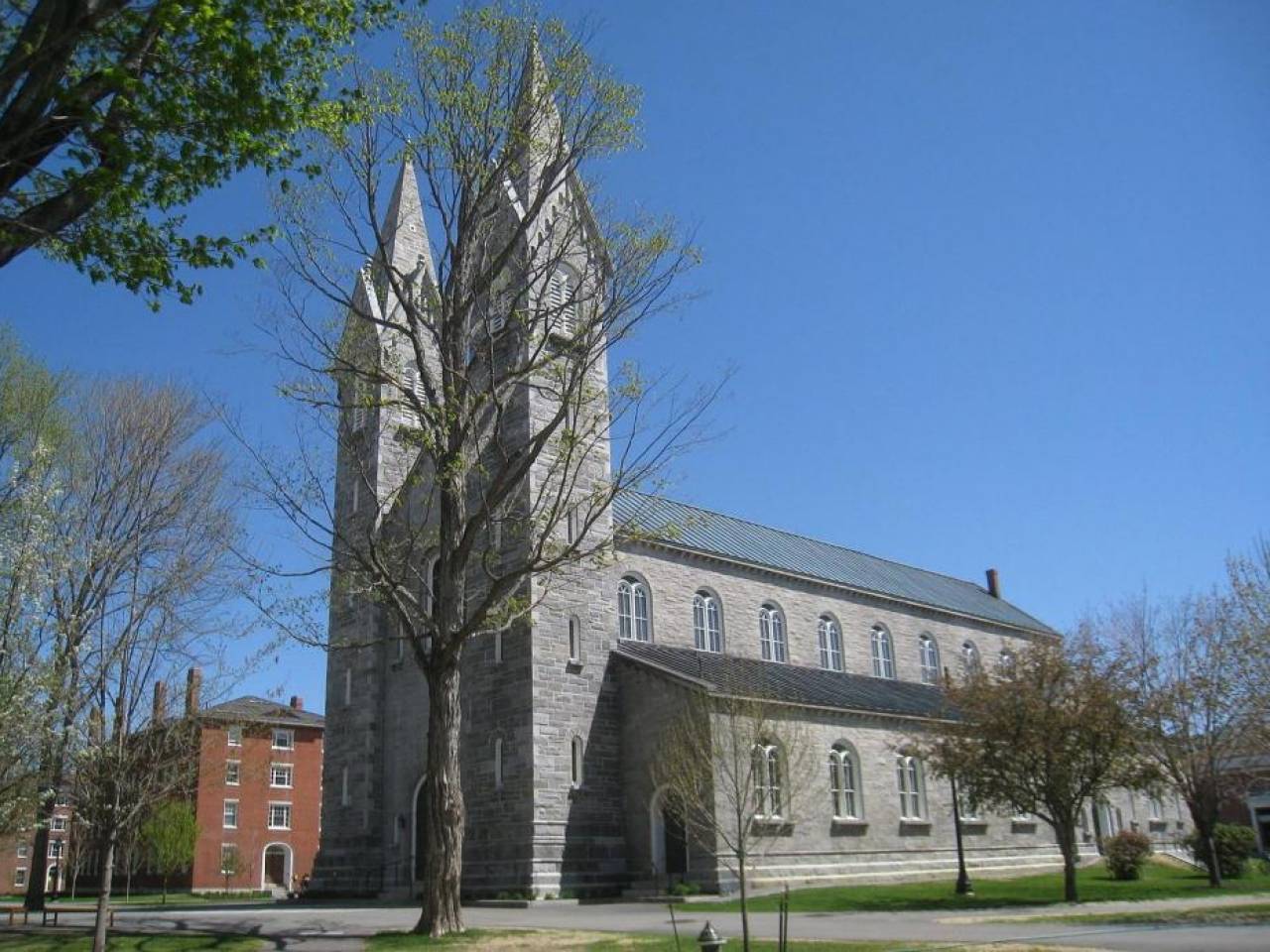
- Location: Brunswick, ME
- Students: 1,834
- Acceptance rate: 9%
- Graduation rate: 95%
- Student to faculty ratio: 9:1
- Median earnings six years after graduation: $65,500
- Employment rate two years after graduation: 93%
Bowdoin College puts diversity, inclusion, and equality at the center of its curriculum. It connects students with one-of-a-kind research opportunities, such as a 10-day trek around Iceland to study the environment.
23. Georgetown University
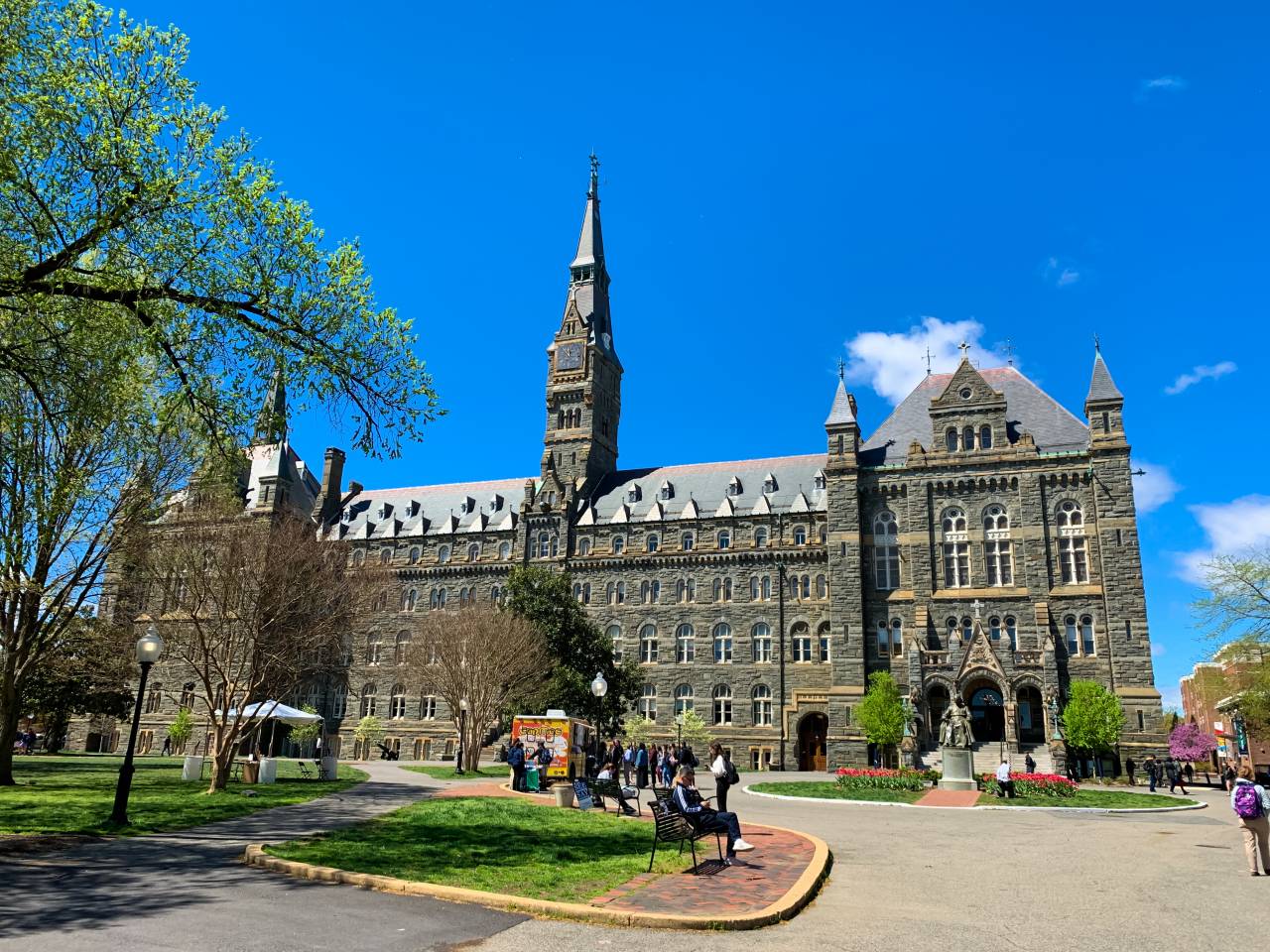
- Location: Washington, DC
- Students: 7,029
- Acceptance rate: 14%
- Graduation rate: 95%
- Student to faculty ratio: 11:1
- Median earnings six years after graduation: $93,500
- Employment rate two years after graduation: 92%
Georgetown University is home to celebrated programs in law, medicine, business, nursing and health studies, public policy, and foreign service. It has a large list of famous alumni, including former President Bill Clinton, investor Chris Sacca, and actor Bradley Cooper.
22. Carnegie Mellon University
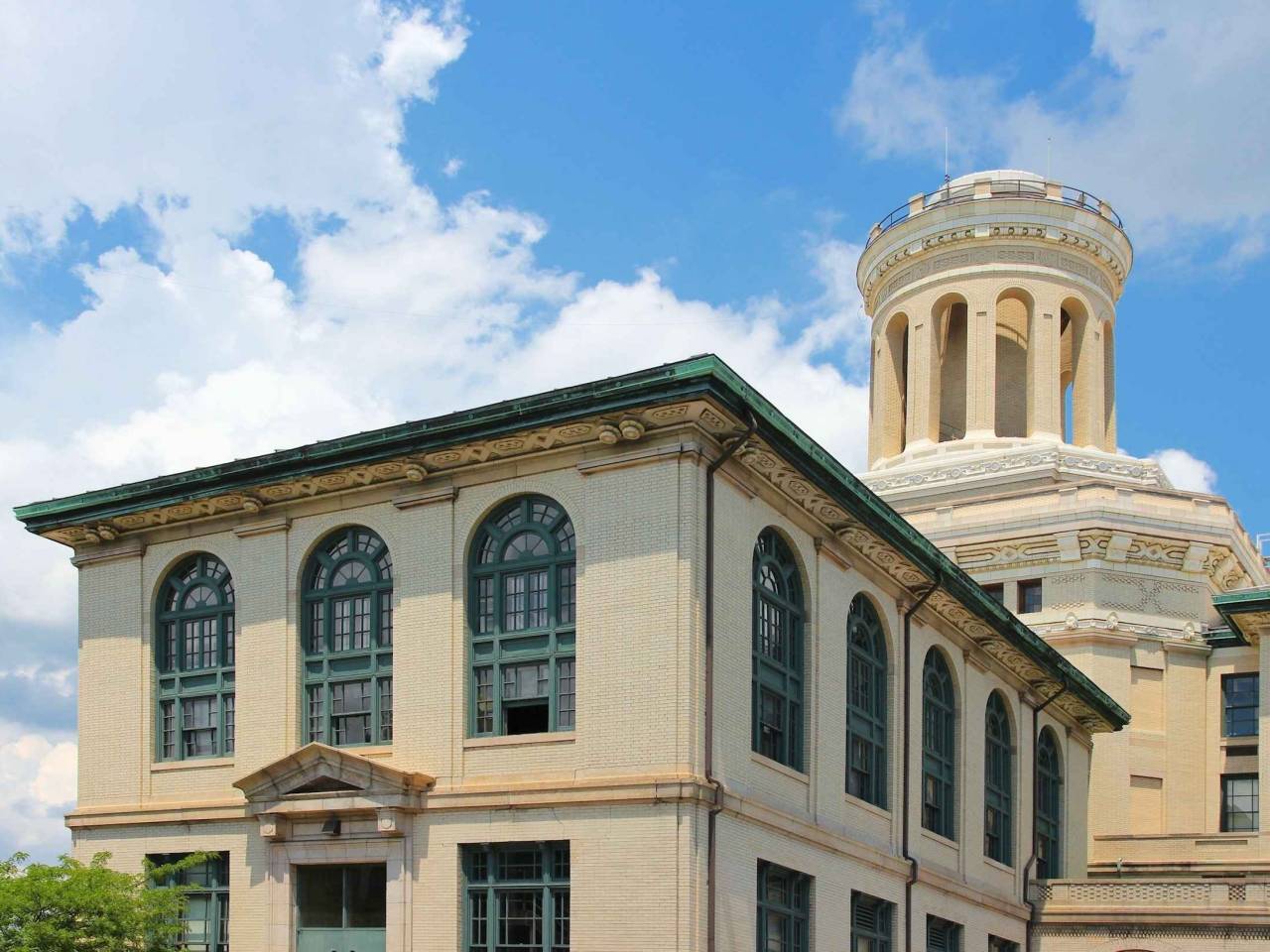
- Location: Pittsburgh, PA
- Students: 6,425
- Acceptance rate: 15%
- Graduation rate: 90%
- Student to faculty ratio: 5:1
- Median earnings six years after graduation: $83,600
- Employment rate two years after graduation: 91%
Carnegie Mellon University has renowned science and technology programs, along with seven schools and colleges for a well-rounded liberal arts education. A global research university, the school offers opportunities for students to participate in hands-on learning with an award-winning faculty.
21. Johns Hopkins University
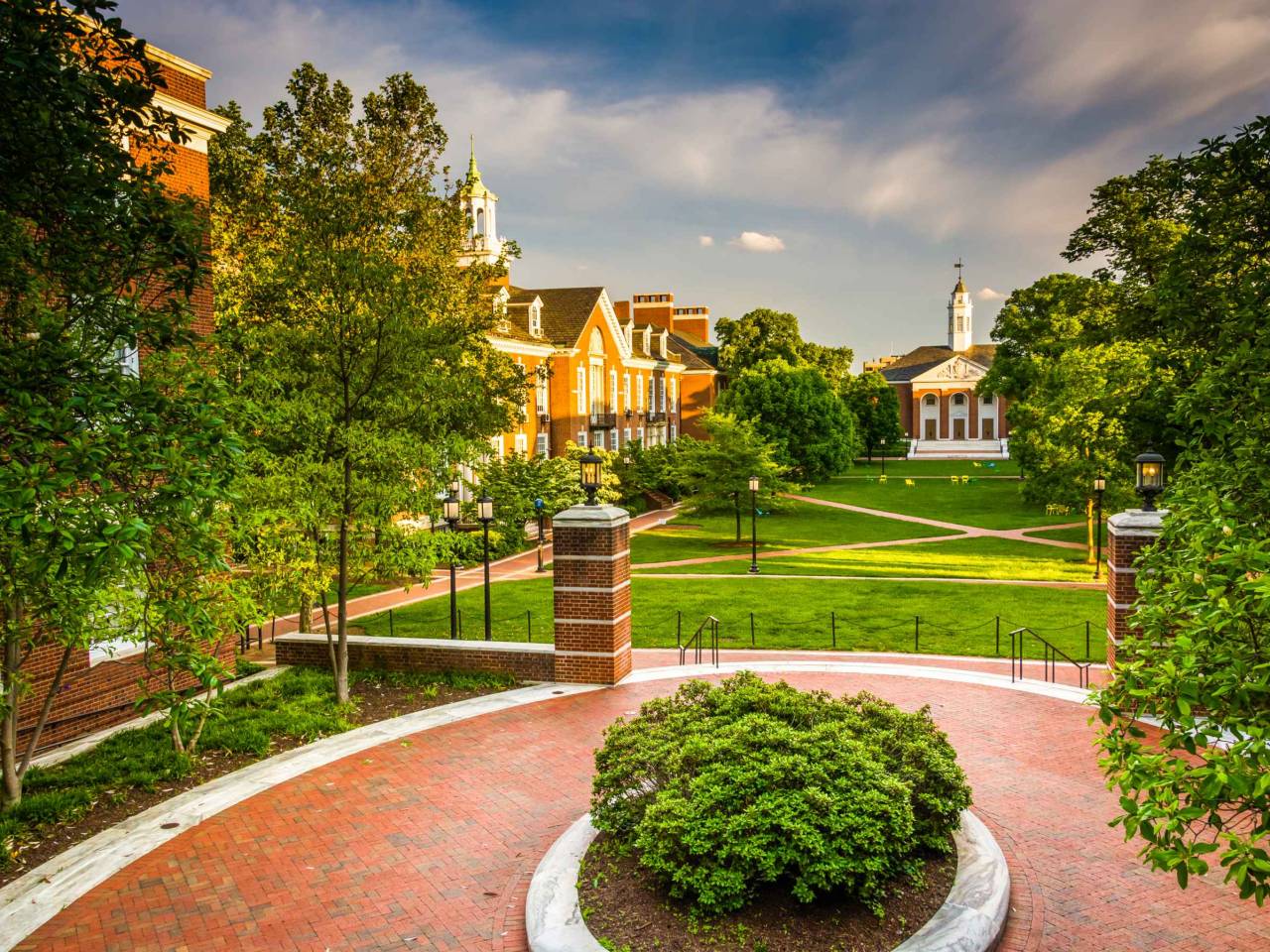
- Location: Baltimore, MD
- Students: 5,762
- Acceptance rate: 11%
- Graduation rate: 93%
- Student to faculty ratio: 6:1
- Median earnings six years after graduation: $73,200
- Employment rate two years after graduation: 91%
Johns Hopkins University is famous for its hospital and medicine and public health programs. It is considered America's first research university.
20. Pomona College
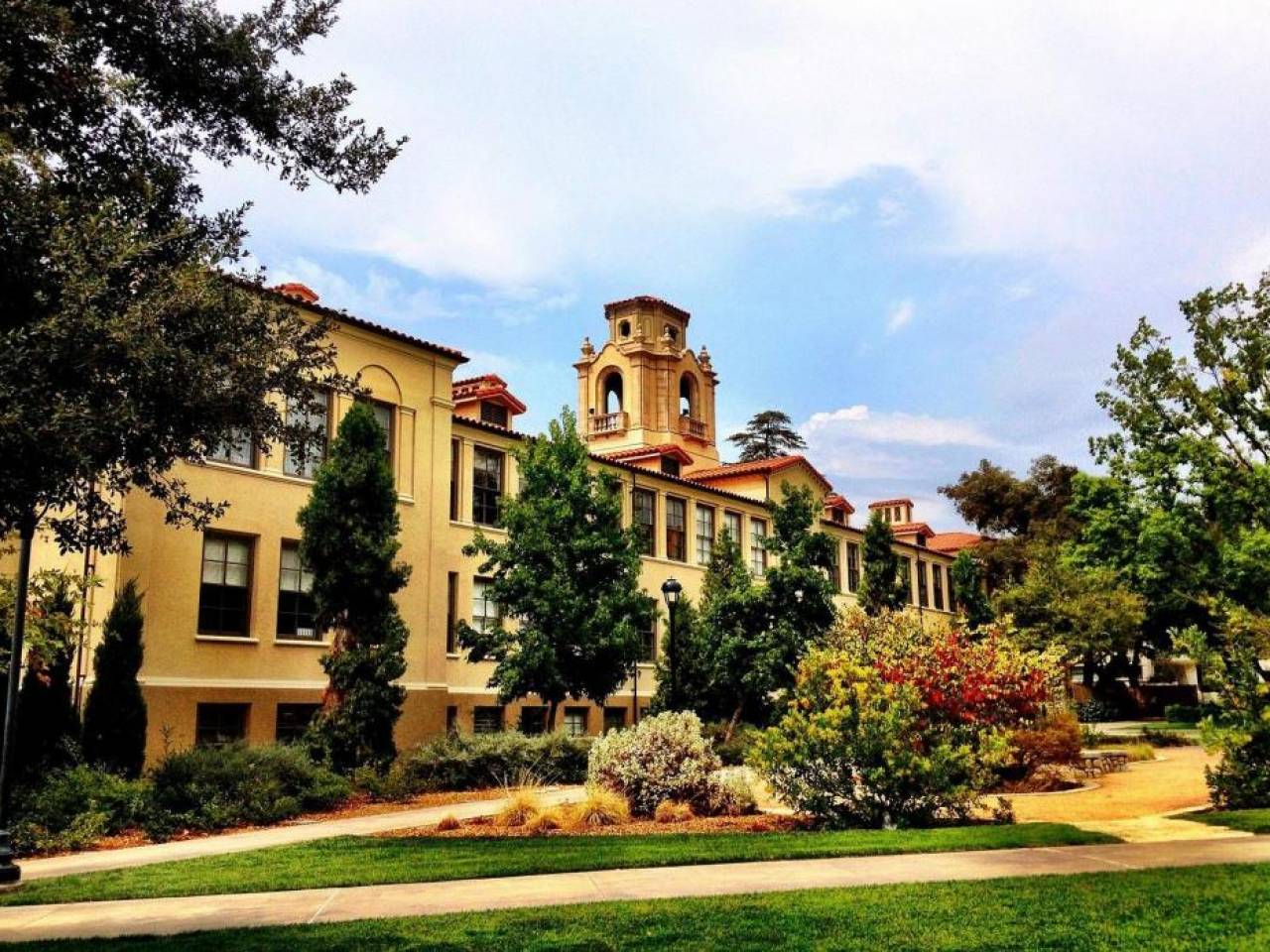
- Location: Claremont, CA
- Students: 1,617
- Acceptance rate: 7%
- Graduation rate: 93%
- Student to faculty ratio: 7:1
- Median earnings six years after graduation: $58,100
- Employment rate two years after graduation: 90%
A top liberal arts college, Pomona College brings the New England university experience to a campus just 35 miles from downtown Los Angeles. The school has more than 200 clubs and organizations, including the secret club “Mulfi.”
19. University of Southern California

- Location: Los Angeles
- Students: 19,622
- Acceptance rate: 11%
- Graduation rate: 92%
- Student to faculty ratio: 9:1
- Median earnings six years after graduation: $74,000
- Employment rate two years after graduation: 92%
The University of Southern California made headlines for being at the center of the 2019 college admissions bribery case involving actresses Lori Loughlin and Felicity Huffman. Despite the drama, some prospective students find themselves drawn to the school’s performing arts, engineering, and business programs.
18. Cornell University
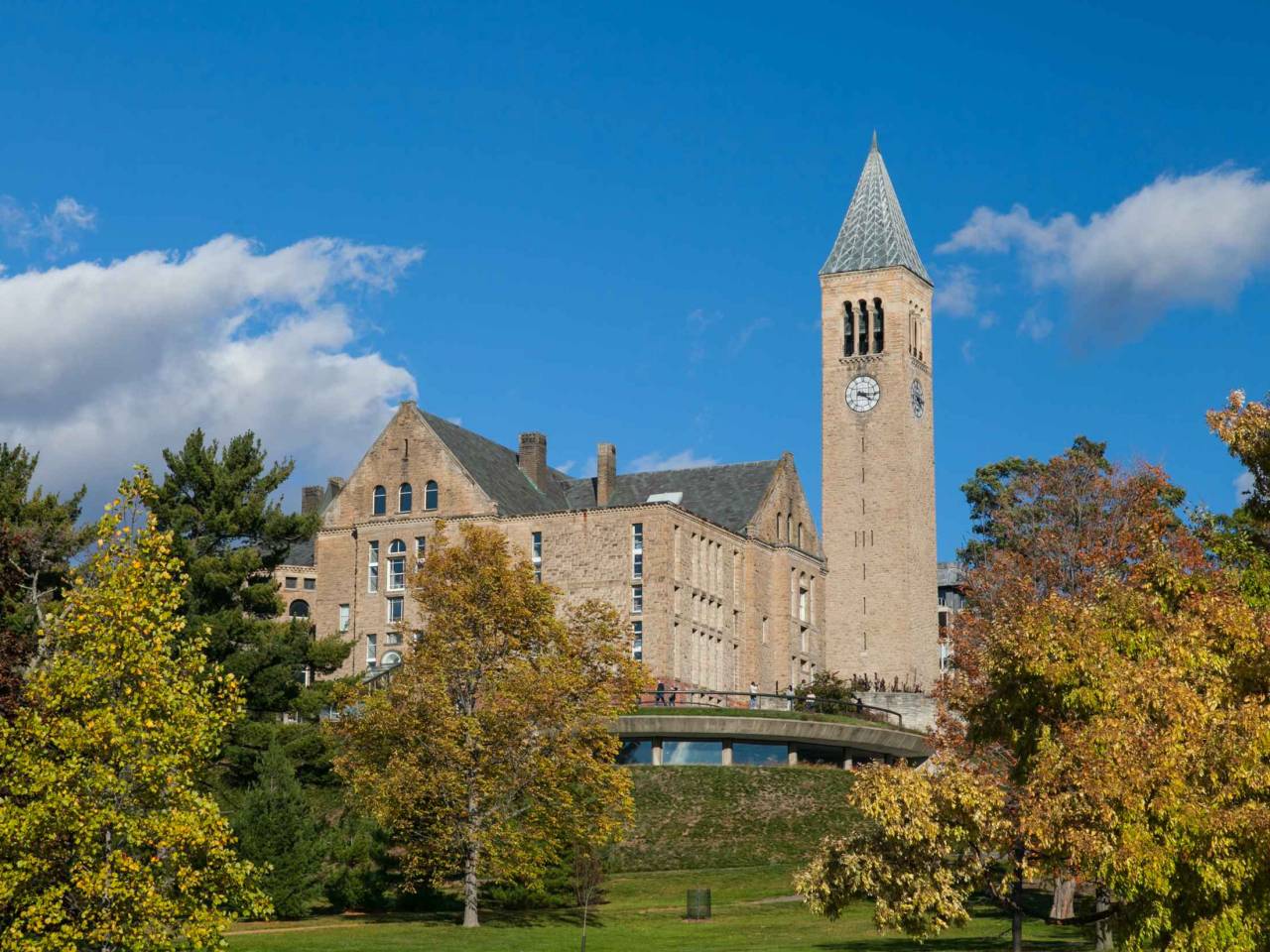
- Location: Ithaca, NY
- Students: 15,038
- Acceptance rate: 11%
- Graduation rate: 95%
- Student to faculty ratio: 9:1
- Median earnings six years after graduation: $77,200
- Employment rate two years after graduation: 93%
An Ivy League institution, Cornell University strongly encourages students in its eight undergraduate schools to get involved in research. Some 50 Nobel laureates have come from the university. It was the first school in the United States to create a major in American studies.
17. University of Chicago
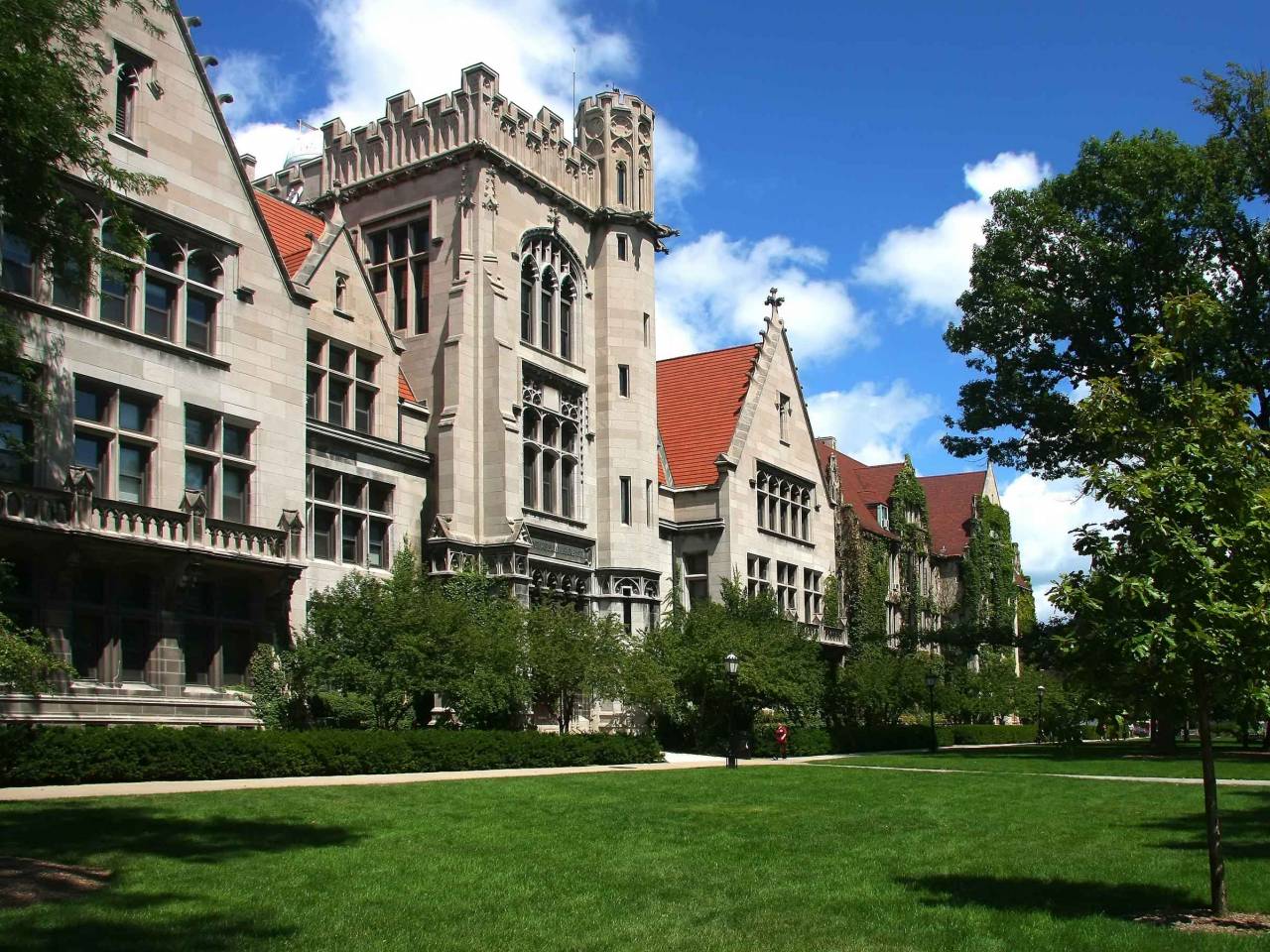
- Location: Chicago, IL
- Students: 6,847
- Acceptance rate: 6%
- Graduation rate: 95%
- Student to faculty ratio: 5:1
- Median earnings six years after graduation: $68,100
- Employment rate two years after graduation: 92%
A prestigious and challenging private school, the University of Chicago guarantees free tuition for accepted applicants whose households earn no more than $125,000 per year. Its faculty and alumni contain more than 90 Nobel Prize winners, along with well-known names such as Sen. Bernie Sanders, astronomer Carl Sagan, and economist Milton Friedman.
16. University of Notre Dame
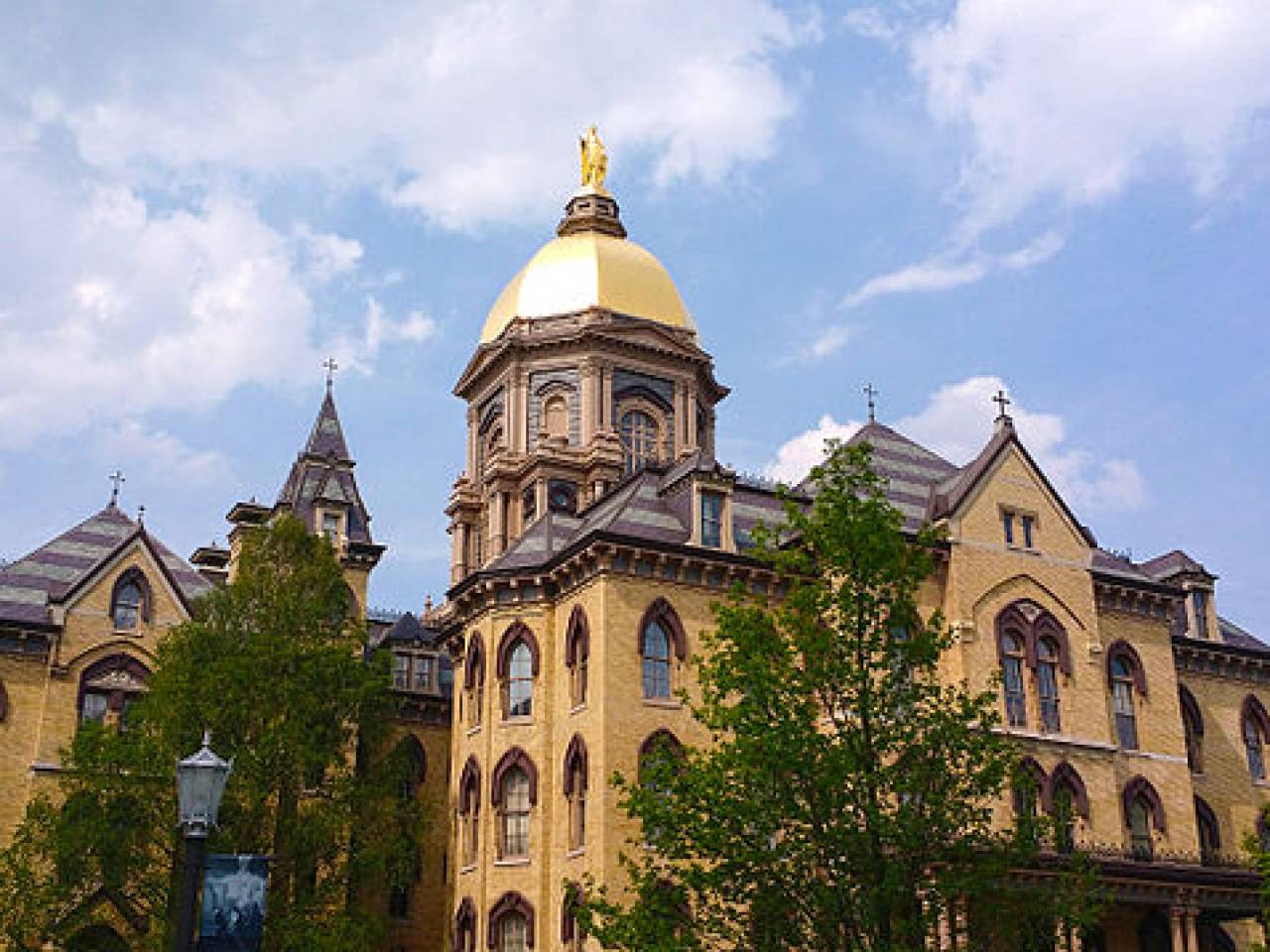
- Location: Notre Dame, IN
- Students: 8,708
- Acceptance rate: 16%
- Graduation rate: 96%
- Student to faculty ratio: 9:1
- Median earnings six years after graduation: $78,400
- Employment rate two years after graduation: 95%
Accomplished students in need of financial aid can count on the University of Notre Dame to meet 100% of their demonstrated financial need—it’s one of a handful of universities in the United States that adheres to a need-blind admissions policy. While many students are drawn to this university because of its champion football team the Fighting Irish, others are drawn to its respected programs in architecture, engineering, and business.
15. Washington University in St. Louis
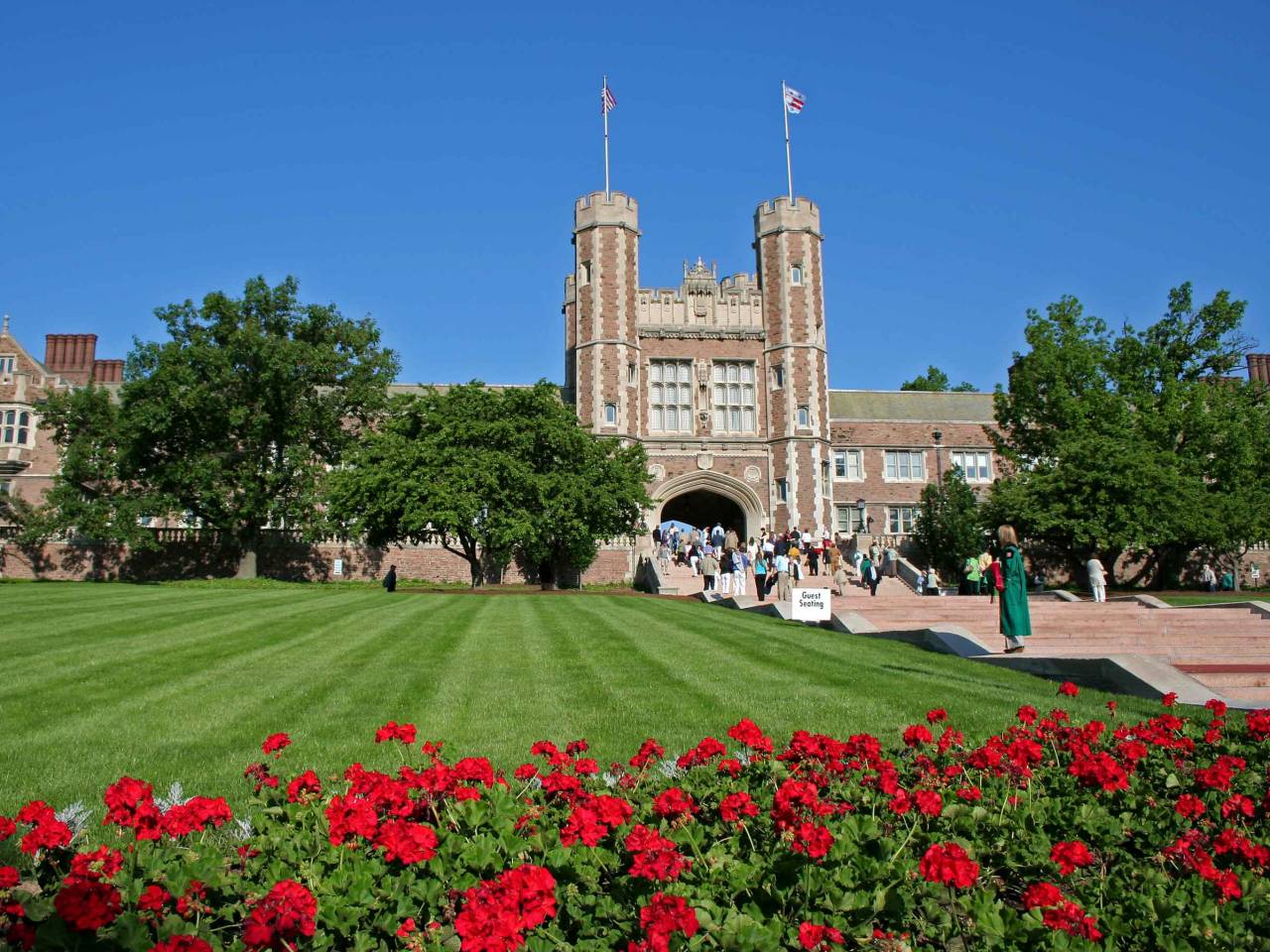
- Location: Saint Louis, MO
- Students: 7,139
- Acceptance rate: 14%
- Graduation rate: 95%
- Student to faculty ratio: 7:1
- Median earnings six years after graduation: $70,100
- Employment rate two years after graduation: 94%
Washington University in St. Louis is home to highly regarded medical and law schools, along with an academically-rigorous pre-med program. Students and faculty at the university regularly conduct groundbreaking research in medicine, energy, business, and plant science. The majority of students take part in intramural sports.
14. Northwestern University
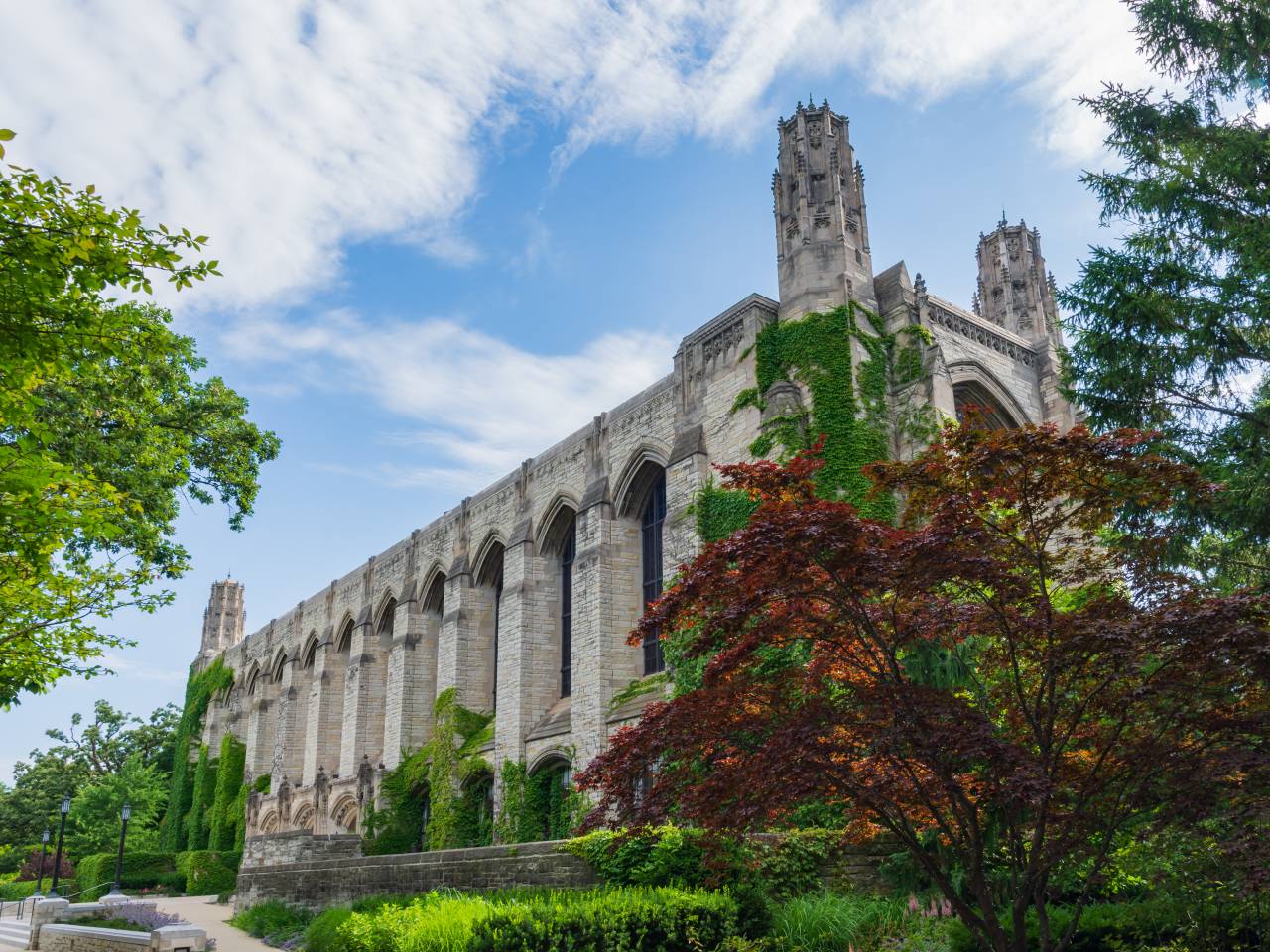
- Location: Evanston, IL
- Students: 8,284
- Acceptance rate: 9%
- Graduation rate: 94%
- Student to faculty ratio: 6:1
- Median earnings six years after graduation: $69,000
- Employment rate two years after graduation: 92%
Northwestern University has made a name for itself with its excellent journalism program, its accomplished music school, and its famous Kellogg School of Management. The school was founded in 1851 and today stands among the most well-respected private research and teaching universities.
13. Dartmouth College
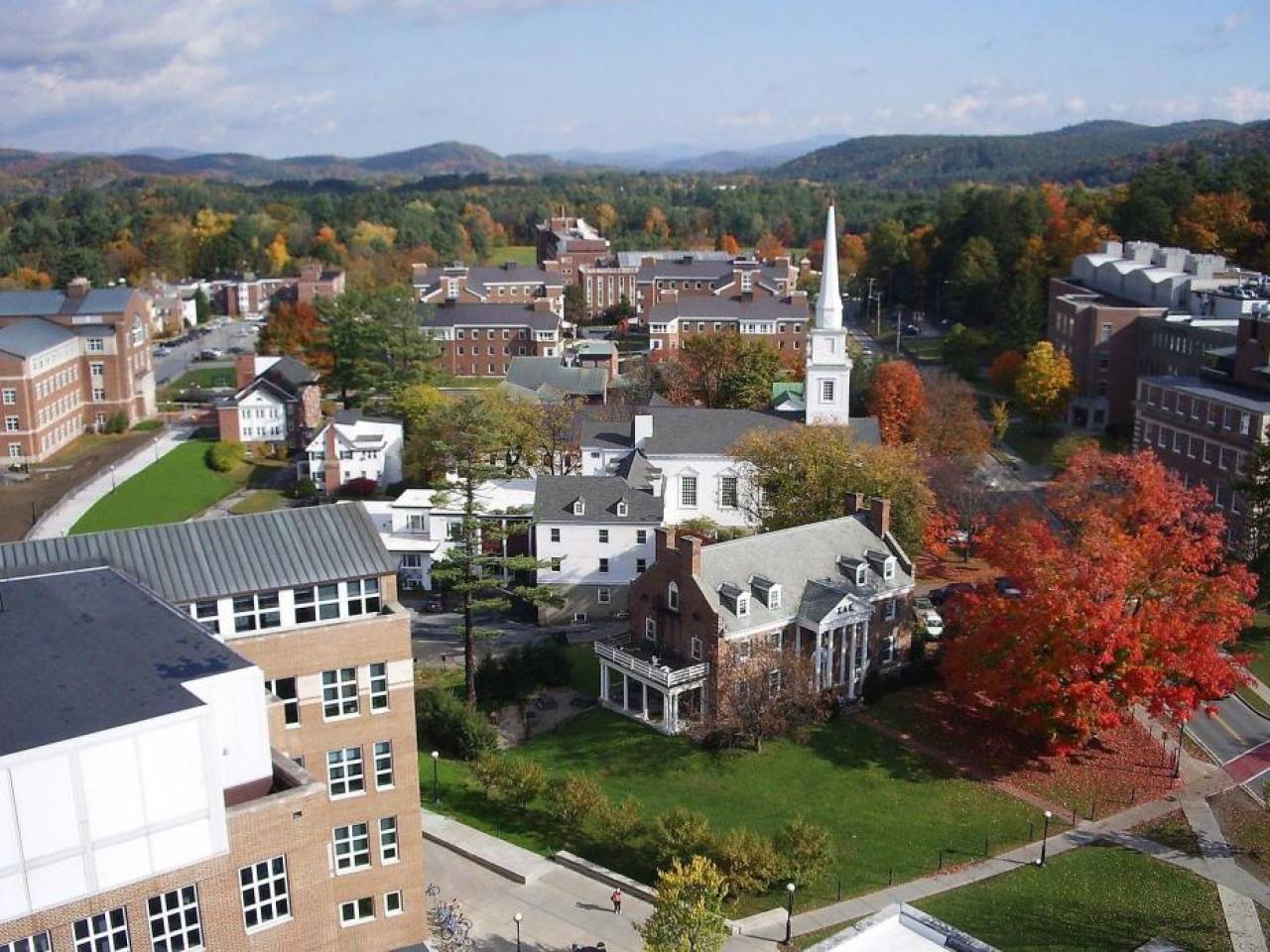
- Location: Hanover, NH
- Students: 4,401
- Acceptance rate: 8%
- Graduation rate: 95%
- Student to faculty ratio: 7:1
- Median earnings six years after graduation: $75,500
- Employment rate two years after graduation: 94%
Dartmouth College is an Ivy League school that distinguishes itself with a uniquely flexible study plan. Included in that plan are four 10-week terms every year that offer students the opportunity to customize their experiences with a mix of study, international travel, and work.
12. Columbia University
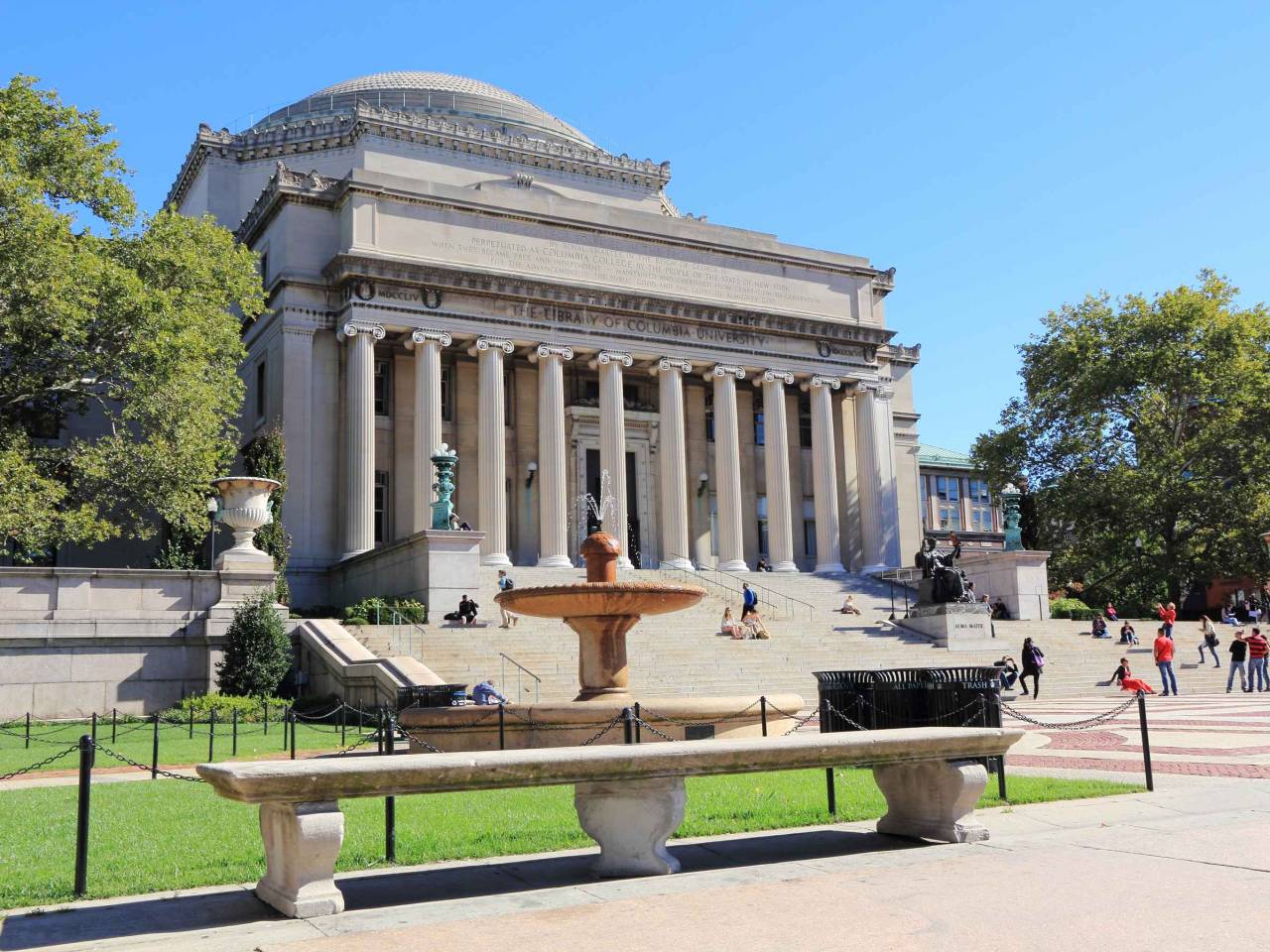
- Location: New York, NY
- Students: 7,701
- Acceptance rate: 5%
- Graduation rate: 95%
- Student to faculty ratio: 6:1
- Median earnings six years after graduation: $83,300
- Employment rate two years after graduation: 89%
Located in Manhattan, Columbia University boasts an extremely diverse and accomplished student body. More than 95% of students accepted into the class of 2023 were among the top 10% of their class.
11. Vanderbilt University
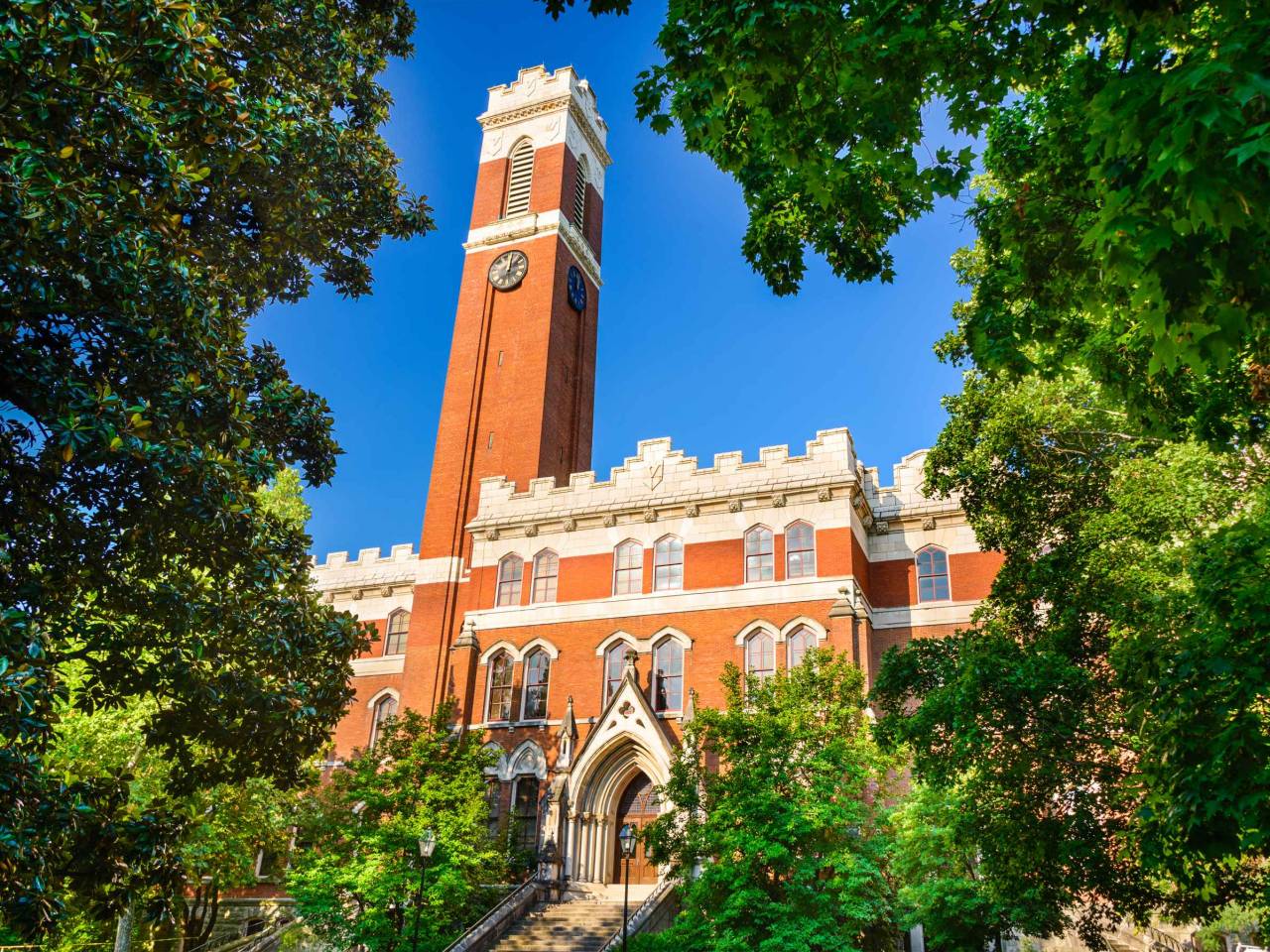
- Location: Nashville, TN
- Students: 6,833
- Acceptance rate: 9%
- Graduation rate: 93%
- Student to faculty ratio: 7:1
- Median earnings six years after graduation: $69,000
- Employment rate two years after graduation: 94%
Vanderbilt University, the alma mater of Al Gore, has high-ranking programs in medicine, education, and law, along with more than 500 clubs for students. Professors at the university in 2020 developed a virtual self-screening tool to help people assess their risk of COVID-19.
10. University of Pennsylvania
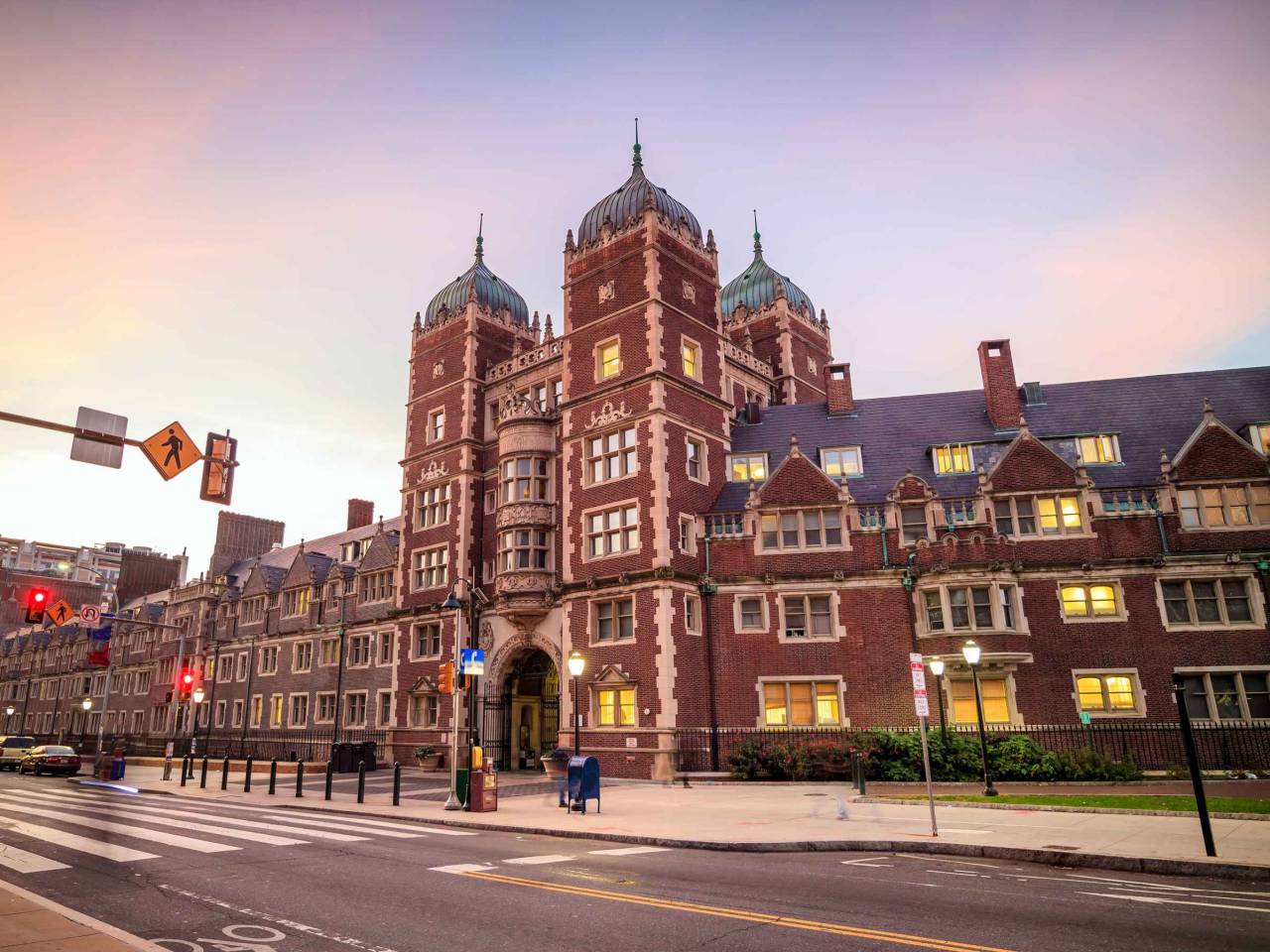
- Location: Philadelphia, PA
- Students: 10,448
- Acceptance rate: 8%
- Graduation rate: 96%
- Student to faculty ratio: 6:1
- Median earnings six years after graduation: $85,900
- Employment rate two years after graduation: 91%
The University of Pennsylvania gives Ivy League students a mix of challenging academics and a bustling social life, according to Forbes. It’s home to the Wharton School, the world’s first collegiate business school, and three other undergraduate schools, focused on arts and sciences, engineering, and nursing.
9. Brown University
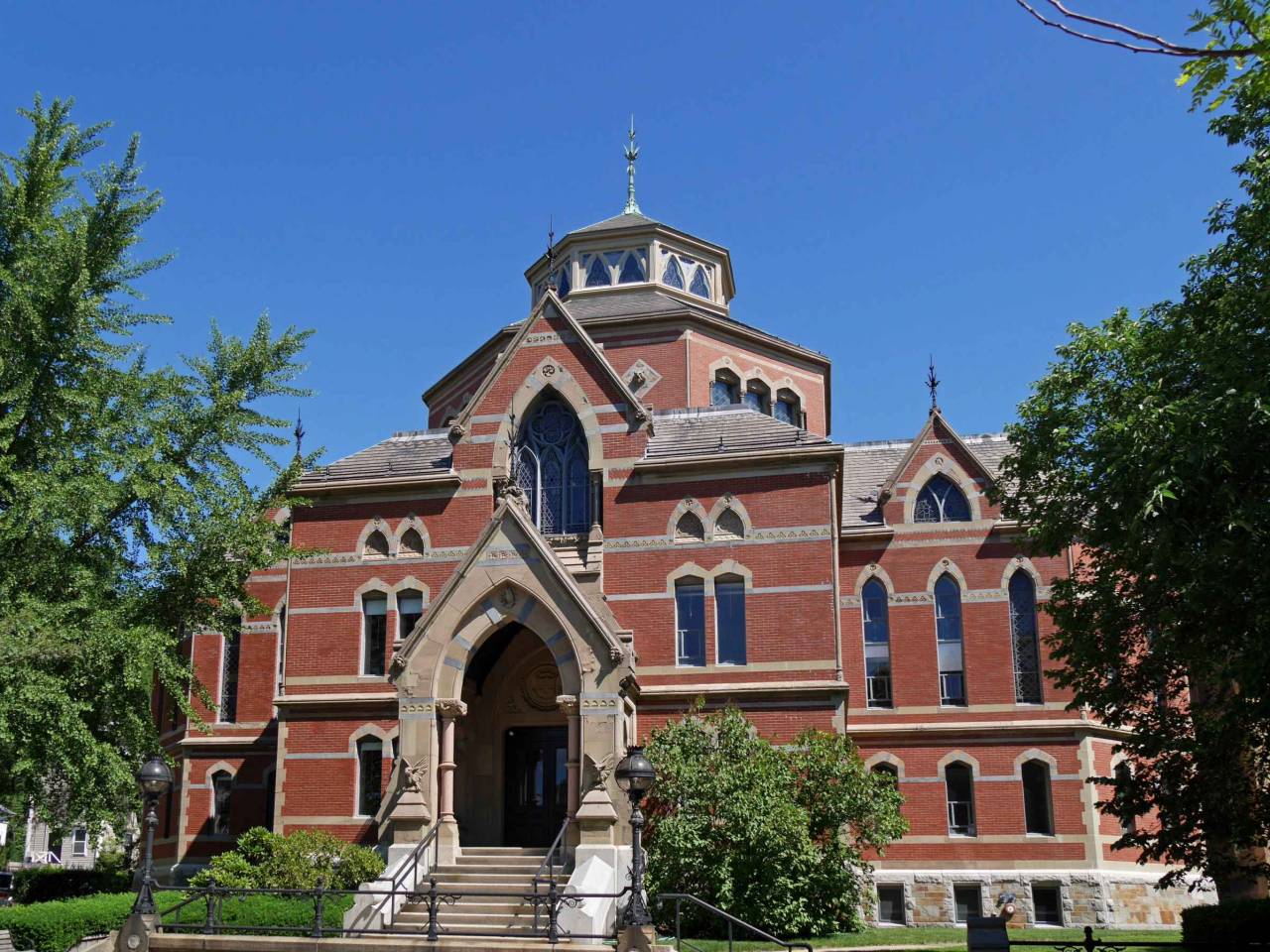
- Location: Providence, RI
- Students: 6,826
- Acceptance rate: 7%
- Graduation rate: 96%
- Student to faculty ratio: 6:1
- Median earnings six years after graduation: $67,500
- Employment rate two years after graduation: 91%
Brown University attracts students who want the academic rigor of an Ivy League institution in an unconventional format. The school has used an open curriculum for decades to give students freedom and flexibility to explore its 80-plus concentrations before deciding on a major. It has a very tight 6-to-1 student-to-faculty ratio, and a freshman retention rate of nearly 100%.
8. California Institute of Technology
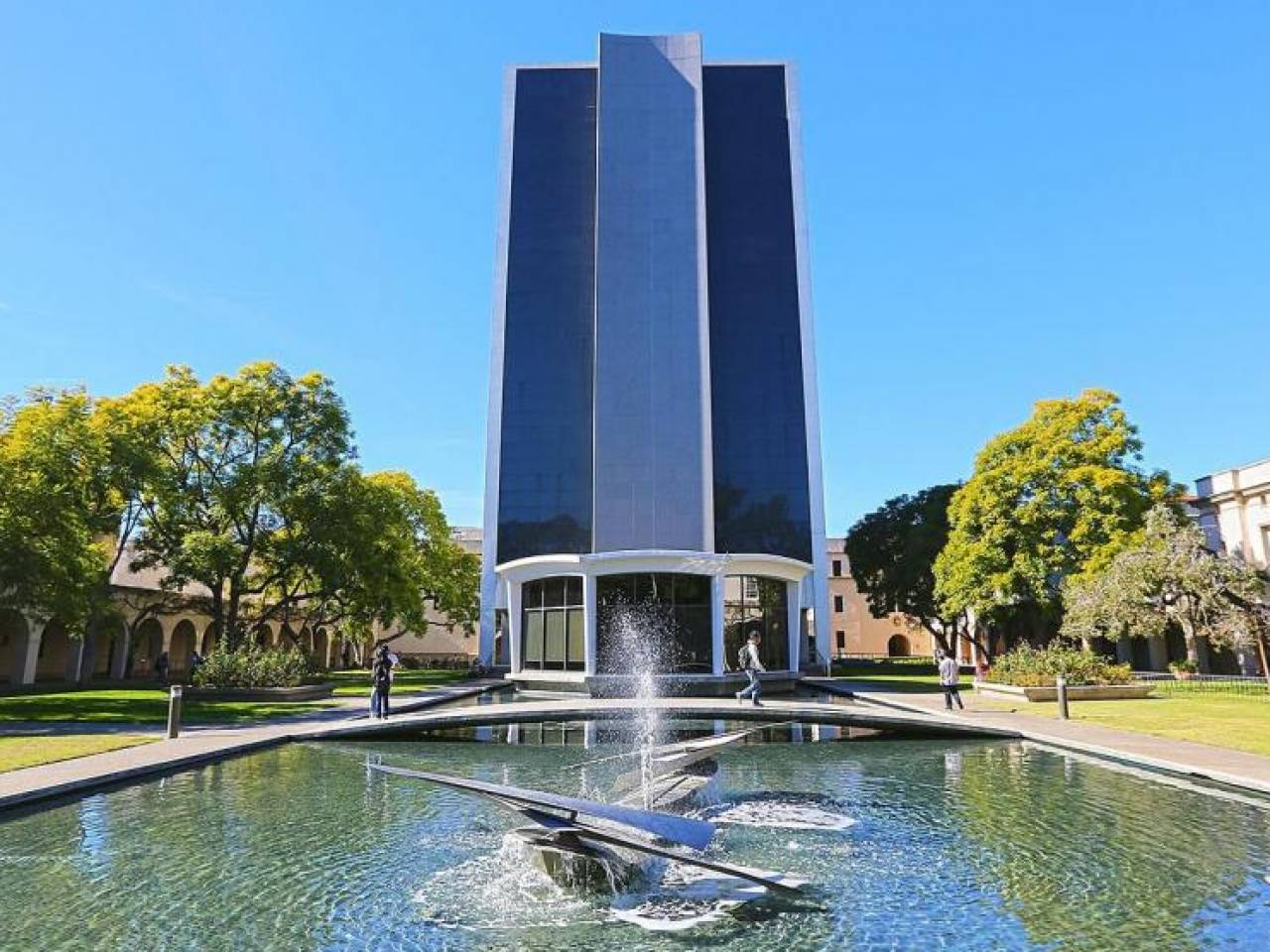
- Location: Pasadena, CA
- Students: 938
- Acceptance rate: 6%
- Graduation rate: 94%
- Student to faculty ratio: 3:1
- Median earnings six years after graduation: $85,900
- Employment rate two years after graduation: 89%
The California Institute of Technology attracts students from around the world to its esteemed science and engineering program. Nine out of 10 students get involved with research while at the university. On campus, students will find five NASA facilities, including the Jet Propulsion Laboratory.
7. Rice University
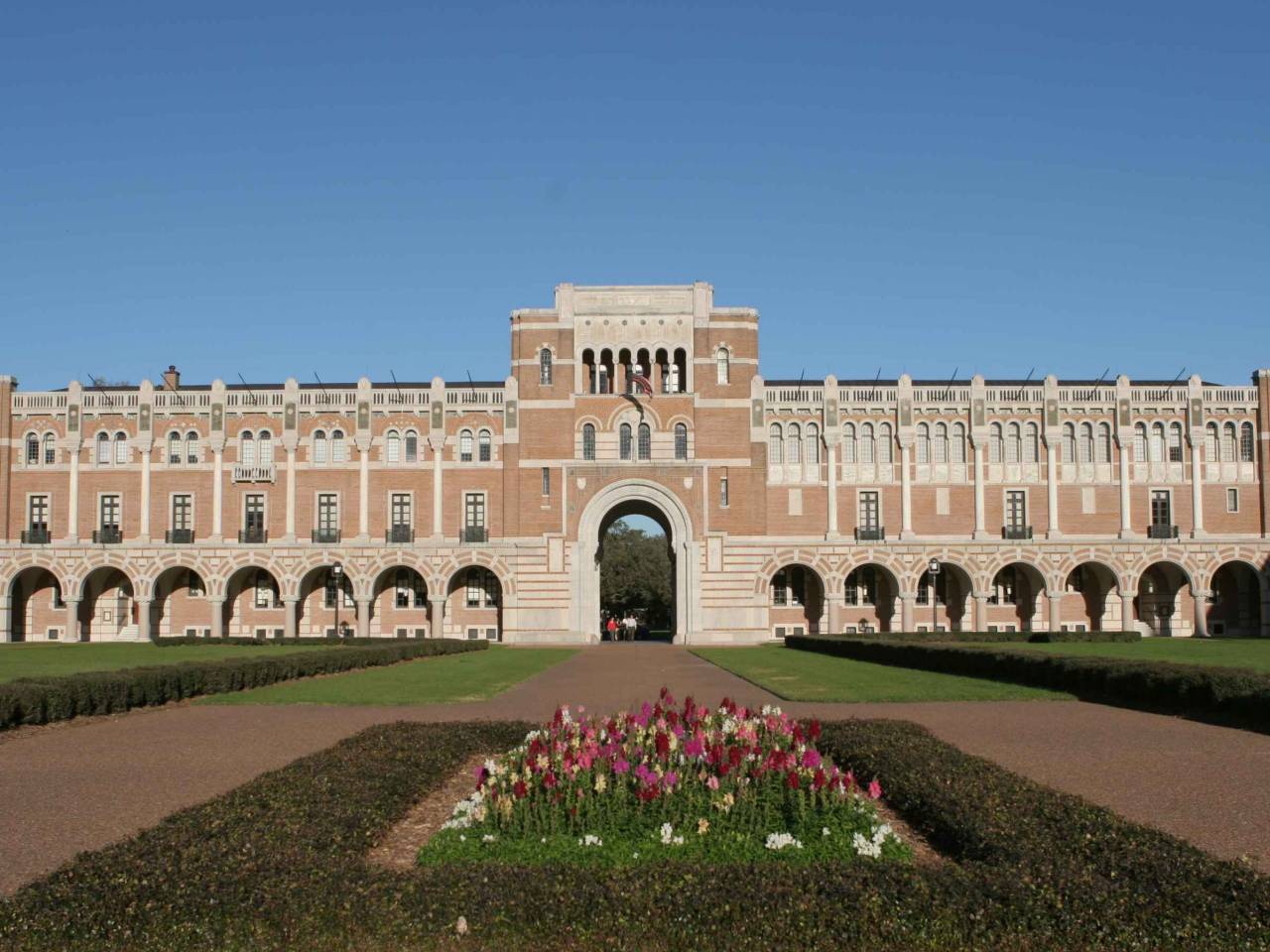
- Location: Houston, TX
- Students: 3,942
- Acceptance rate: 9%
- Graduation rate: 93%
- Student to faculty ratio: 6:1
- Median earnings six years after graduation: $65,400
- Employment rate two years after graduation: 92%
Rice University is a no-brainer choice for high-performing students who want sports to be a big part of their college experience. The university has 14 varsity sports teams in NCAA Division I, along with dozens of club and intramural sports.
6. Princeton University
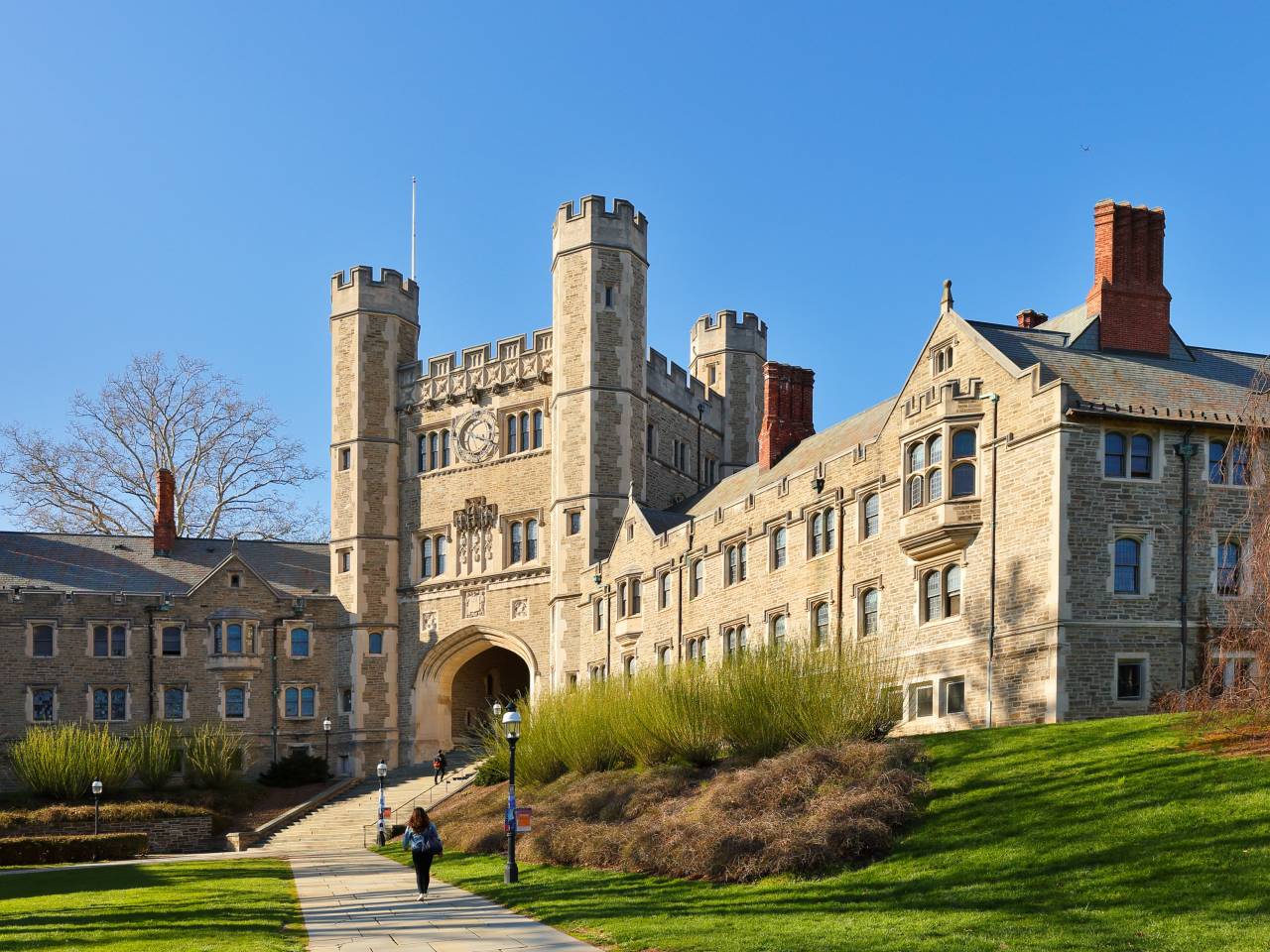
- Location: Princeton, NJ
- Students: 5,328
- Acceptance rate: 6%
- Graduation rate: 98%
- Student to faculty ratio: 5:1
- Median earnings six years after graduation: $74,700
- Employment rate two years after graduation: 87%
The fourth-oldest college in the nation, Princeton University has a competitive student-to-faculty ratio and a robust array of research opportunities for students. Social sciences, computer and information sciences, engineering, public administration, and biological and biomedical sciences are among the most popular majors at the school. It also has a unique set of eating clubs that create a social dining environment for students.
5. Duke University

- Location: Durham, NC
- Students: 6,597
- Acceptance rate: 8%
- Graduation rate: 95%
- Student to faculty ratio: 6:1
- Median earnings six years after graduation: $84,400
- Employment rate two years after graduation: 94%
Duke University has strong programs in computer science, economics, and public policy analysis, and provides research opportunities in all majors. In an effort to increase global awareness, the school requires that students study a foreign language.
4. Yale University
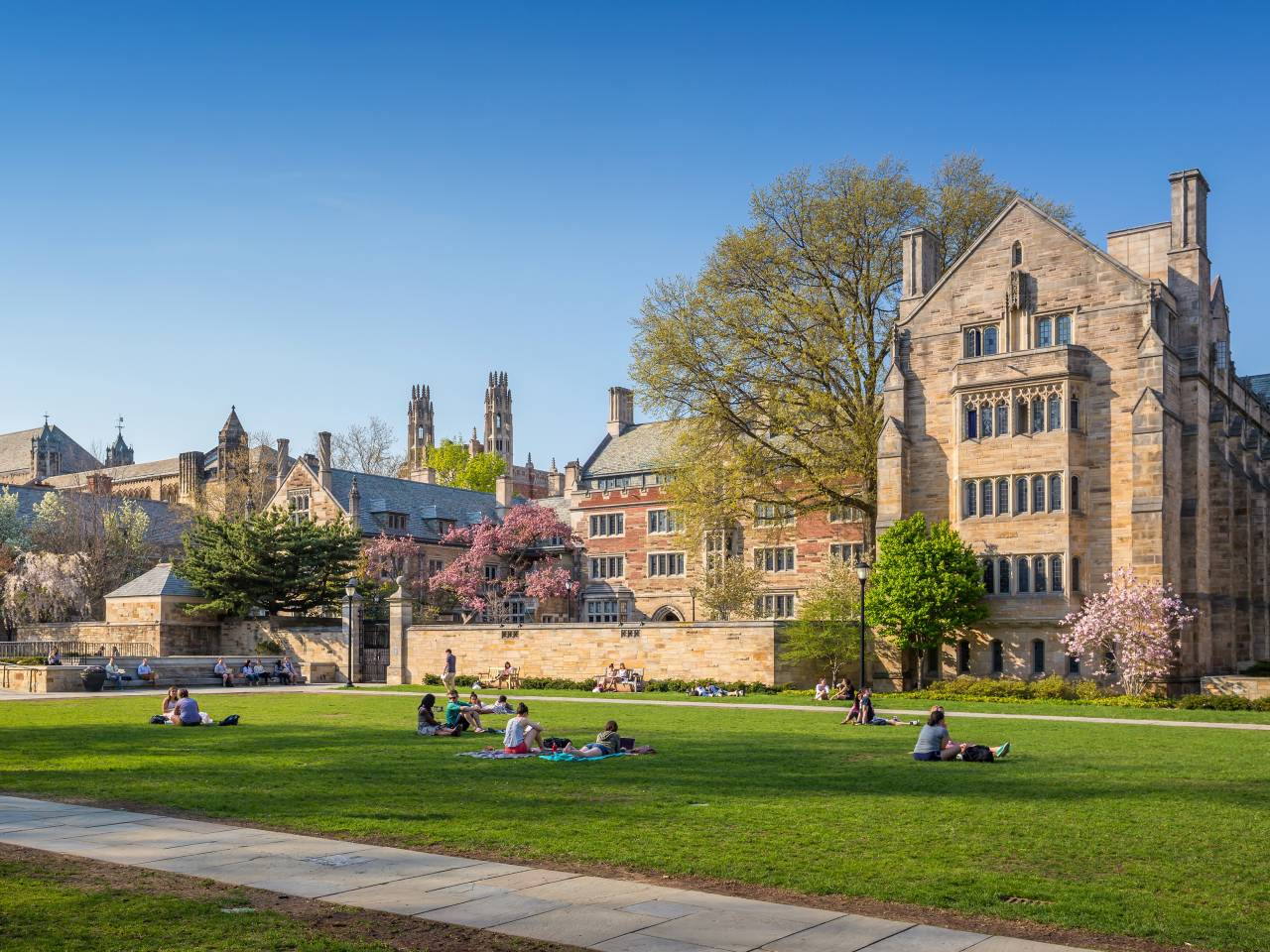
- Location: New Haven, CT
- Students: 6,088
- Acceptance rate: 6%
- Graduation rate: 97%
- Student to faculty ratio: 6:1
- Median earnings six years after graduation: $83,200
- Employment rate two years after graduation: 92%
Superb drama and music programs attract creative and accomplished students to Yale University. An Ivy League school, Yale has a number of secret societies and hundreds of on-campus organizations for students to participate in during their free time.
3. Stanford University

- Location: Stanford, CA
- Students: 6,996
- Acceptance rate: 4%
- Graduation rate: 94%
- Student to faculty ratio: 5:1
- Median earnings six years after graduation: $94,000
- Employment rate two years after graduation: 94%
A top teaching and research university, Stanford offers students a work hard, play hard environment. Its academic programs require a fair amount of study time in order to succeed, but it also has champion athletic teams, quirky traditions, and plenty of organizations to round out students' social lives. It counts a large number of millionaires among its alumni.
2. Harvard University
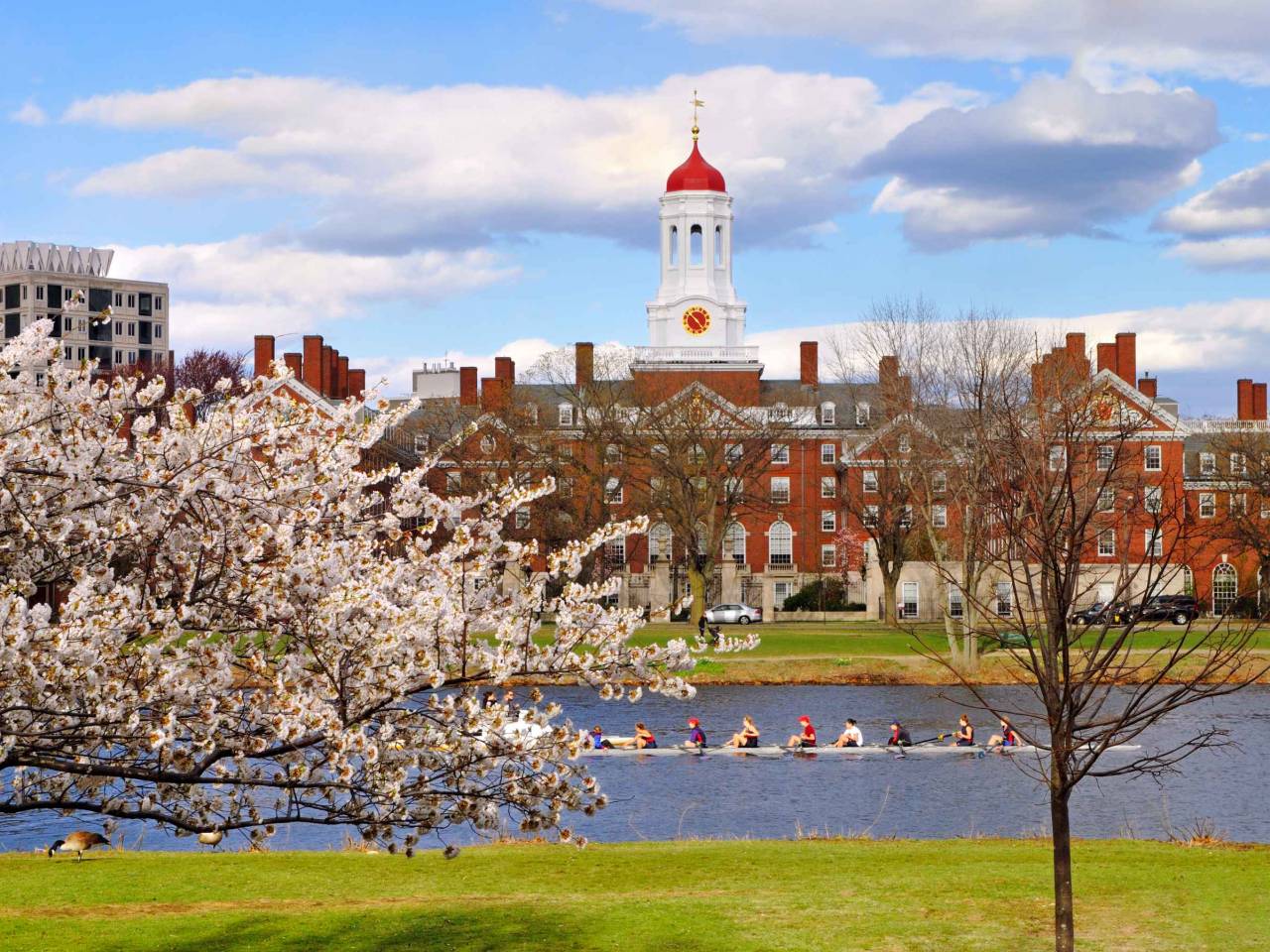
- Location: Cambridge, MA
- Students: 7,148
- Acceptance rate: 5%
- Graduation rate: 97%
- Student to faculty ratio: 7:1
- Median earnings six years after graduation: $89,700
- Employment rate two years after graduation: 89%
One of the country’s most prestigious universities, Harvard gives the lucky students who are accepted into the university the chance to study just about anything, including a topic as obscure as medieval Icelandic witchcraft, and participate in a huge lineup of extracurricular activities. It has the world’s largest private library system, with 17 million volumes.
1. Massachusetts Institute of Technology
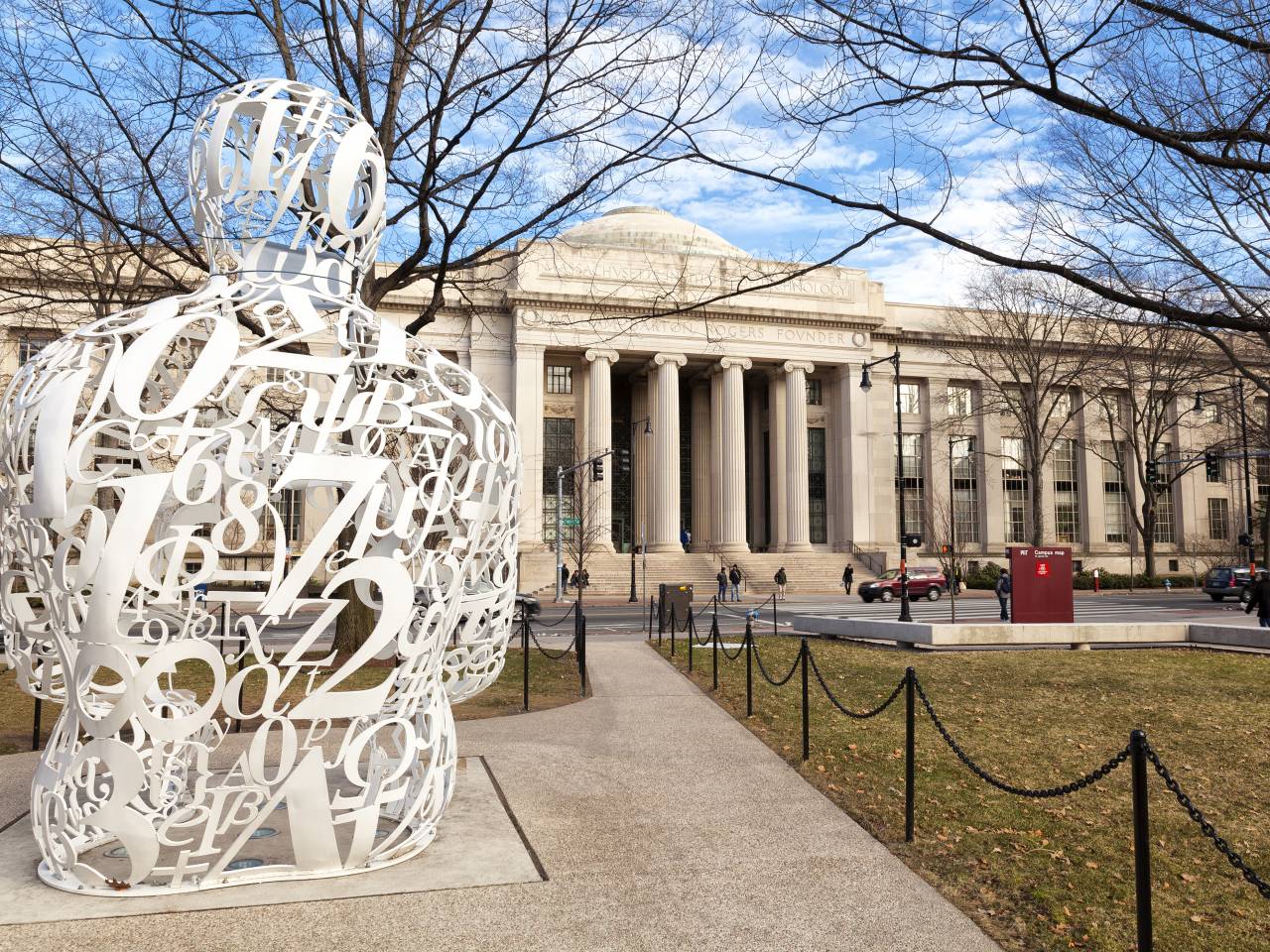
- Location: Cambridge, MA
- Students: 4,501
- Acceptance rate: 7%
- Graduation rate: 95%
- Student to faculty ratio: 3:1
- Median earnings six years after graduation: $104,700
- Employment rate two years after graduation: 94%
The engineering and physical sciences programs are standouts among the academic offerings at the Massachusetts Institute of Technology. It has a major focus on scientific and technological research and spends more than $700 million each year to conduct research projects.
Sponsored
Trade Smarter, Today
With CIBC Investor's Edge, kick-start your portfolio with 100 free trades and up to $4,500 cash back.



